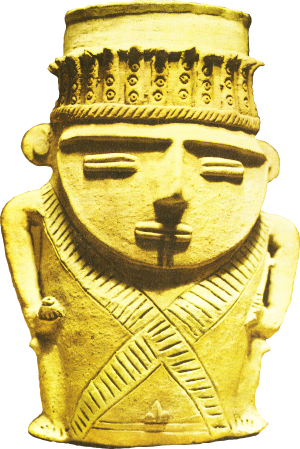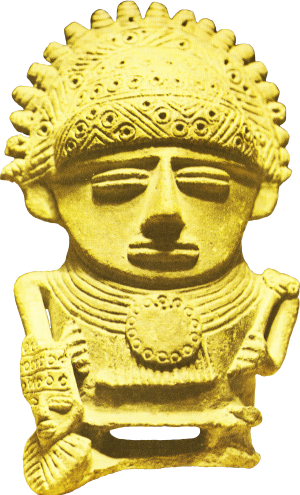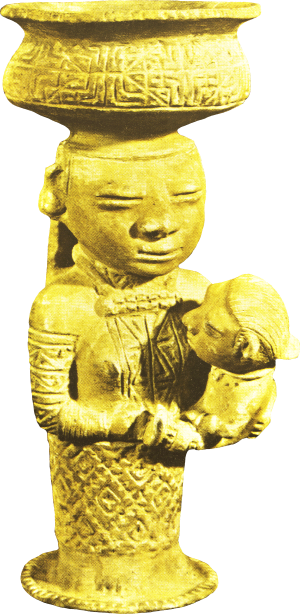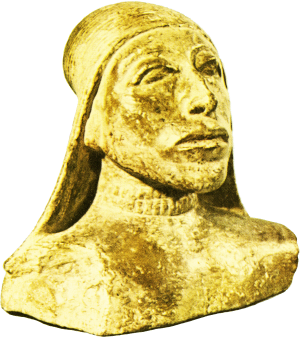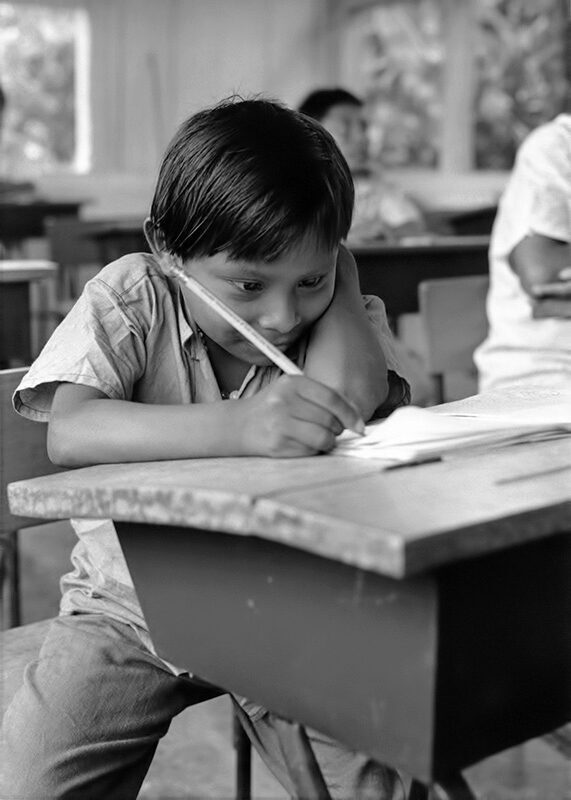
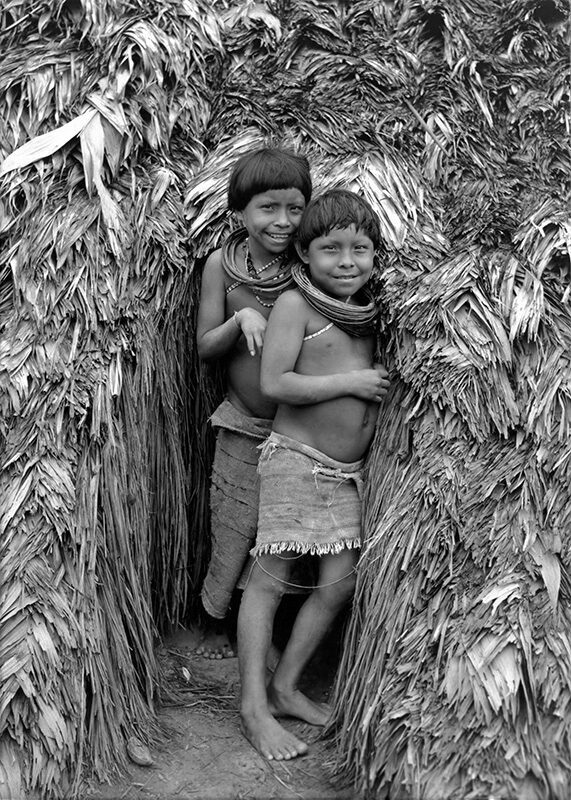
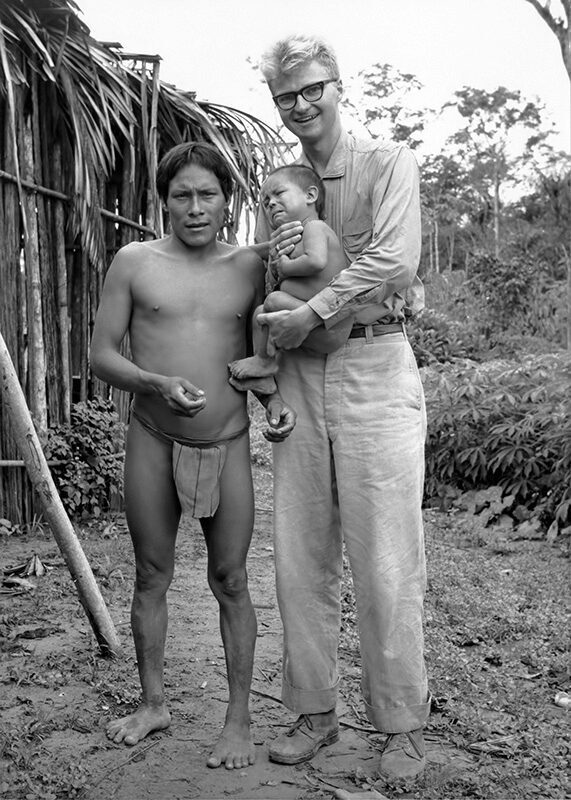

When Bruce Olson and his mule ventured into Venezuela's uncharted jungles 40 years ago, ranchers drummed some common sense into him. “There are tame Indians and wild Indians,” they said, “so be sure you locate the former and not the latter.” But having never seen one, he was in no position to judge.
He had gone to Caracas to prepare for his mission to the Indians because while in high school he was convinced this was what God wanted him to do. While working for the government in the Ministry of Health and studying at the university, he saw the Motilones on God's compass.
One day in 1964 he came to our home with his jungle diary, and a couple of wicked-looking Motilone spears. I published his diary and those spears graced our walls for years.

The hot sun beat down upon the equatorial jungles of northeastern Colombia known as “Motilandia.” It was a steamy, 100-degree October morning. Exotic birds screeched, monkeys screamed and a chorus of katydids assaulted my ears as I headed toward the dugout canoe that waited on the bank of the Rio de Oro to carry me and 15 Motilone Indian companions down-river from Iquiacarora to Saphadana, the site of a Motilone food cooperative. I walked slowly, enjoying the company of the Indians and savoring the sounds; of chattering jungle creatures in the lush greenery surrounding us. I was never in a hurry to leave Iquiacarora.
As I climbed into the canoe, I glanced at Kaymiyokba, one of the Motilone leaders who had become my close friend over the 28 years I'd lived and worked among his people. He grinned, starting up the outboard motor while the other Indians took their seats.

Loosing in prayer is a type of intercession that sets the captive free from the hands of the enemy. Let me give you an example from an intercessory team and end with an examination of the techniques used in the example.
The intercessory team at the Lausanne 11 Congress on World Evangelization, held in July 1989 in Manila, was gathered for a prayer watch. Prayer warriors like Robert Birch, Ben Jennings of the Great Commission Prayer Crusade, and Joy Dawson prayed along with other mighty prayer giants gathered there who, with swords honed from years of warfare, cut quickly through Satan's devices. There were several requests about which we were praying when a special one came through for a missionary named Bruce Olson. To understand the importance of this request, it is important to know the scope of what God has done through Bruce Olson.

Normal noises filled the jungle afternoon—cicadas beginning to announce that evening wasn't far off, birds singing then sweeping over the river in pursuit of fish attracted by lazy flies. The monkeys were out of eyesight, but you could hear them chattering in the tall trees just beyond the clearing.
The changing of the guard from diurnal crew to nocturnal gang was definitely underway when the putt-putt of a motor broke through the idyllic green. I turned to Jairo, my fifteen-year-old Motilone guide, and asked, “Does that sound like the Iquiacarora boat coming upstream?” He thought it did.
I hurried to the river landing and watched the long dugout round the bend and get larger on the horizon. As it approached, I saw one blond head—the head of the person I was looking for—seated amidst a dozen black-haired people. I waved at the boat as it came alongside the landing, and the Motilone pilot deftly turned the canoe towards the shore.

NINETEEN-YEAR-OLD Bruce Olson stood at the edge of a clearing. He had been following the thin jungle trail high in the Colombian Andes for several hours. Somehow he felt he was being watched. Indeed, if this was a Motilone Indian trail, he knew he was in grave danger. Should he cross the clearing?
The answer to his question came more quickly than he anticipated. He heard the arrows, but could not see them until one struck him in the thigh. Dropped to the ground, he looked up into the faces of five fierce-appearing Indians with drawn bows.
They circled him, puncturing his skin—whether to torture him to death slowly or simply punish him for intruding on their territory, he could not be sure. Plainly, however, these were the Motilone Indians.

It is a common idea that the pathway of faith is strewn with flowers and that when God interposes in the life of His people, He does it on a scale so grand that He lifts us out from the plane of difficulties. The actual fact, however, is that the real experience is quite contrary. It is only when we come to trust God that we meet with trials and difficulties. The story of the Bible is one of alternate trials and triumphs in the case of everyone of the clouds of witnesses from Abel down to the latest martyr.
Look at the patriarchal story. Abraham went out, believing God to meet the promise of a glorious inheritance, but the first thing he found was famine and desolation in the land of promise, compelling him to go down to Egypt for his very subsistence. His whole life was a story of narrow places and painful testing, and every blessing was wrung, as it were, from the very jaws of difficulty and natural impossibility.
